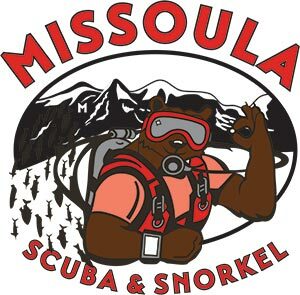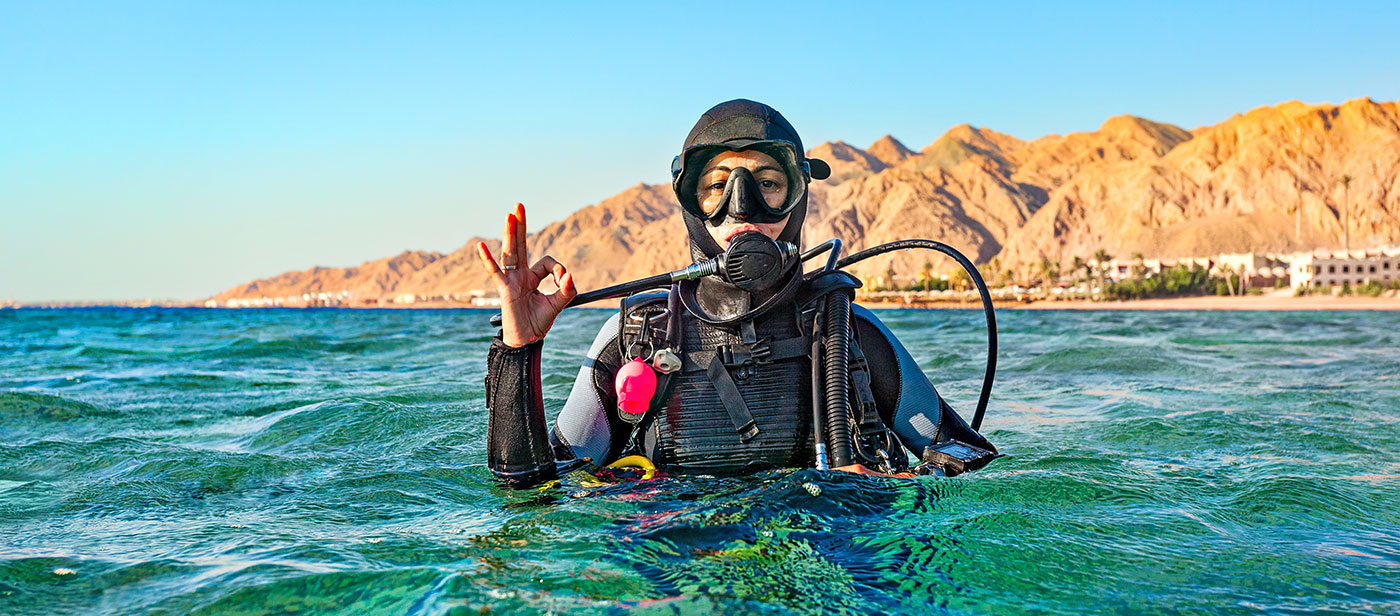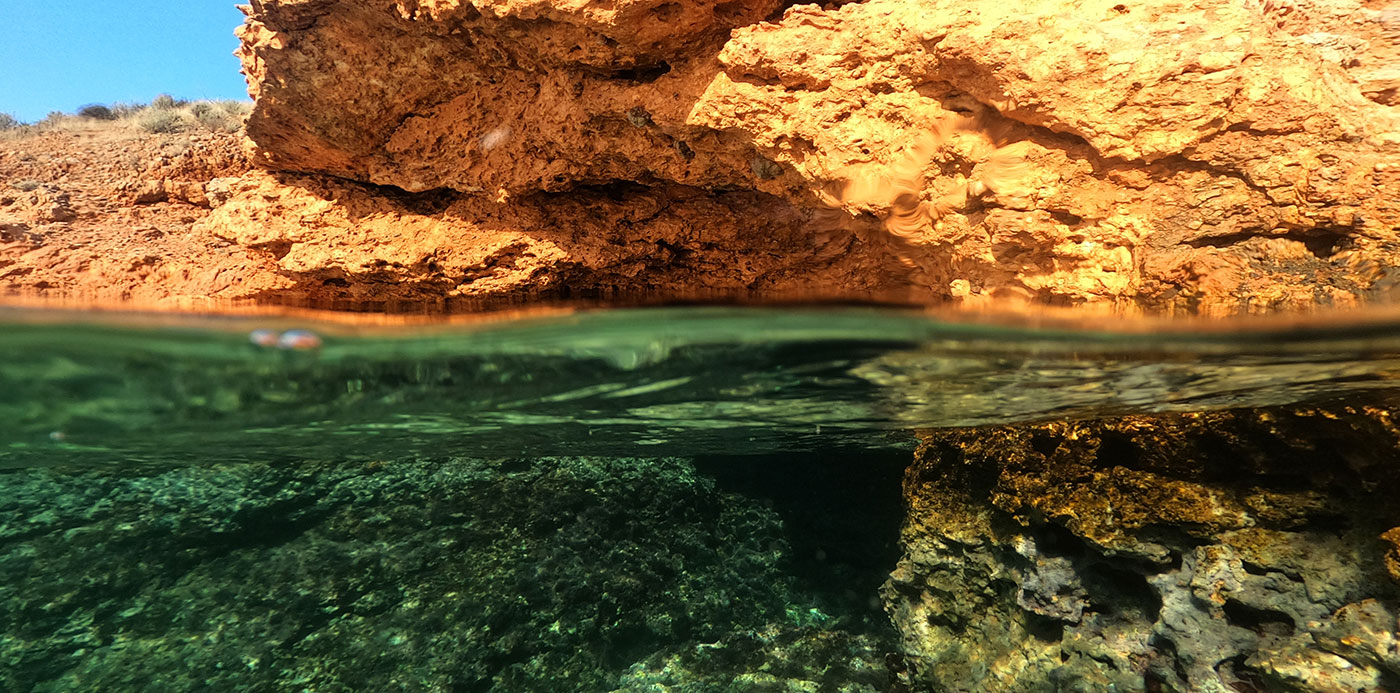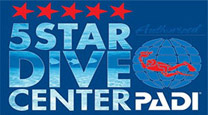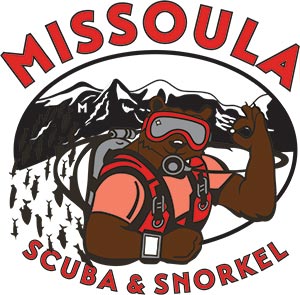Since most of us that are reading this live in Rocky Mountain region, it’s easy to wonder about the caliber of Scuba locations in the west. Well fear not, there are ample fresh water locations that even the coldest-of-person can easily endure in June, July, August and September.
Considering MS&S is located in the land-locked state of Montana, there is still some exceptional fresh water diving to be enjoyed. Below are some common dive areas for you to read about and enjoy! Or, sign up for our Discover Local Scuba Diving experience.
MONTANA LOCATIONS
Flathead Lake, MT
Interestingly, Flathead Lake is the largest natural freshwater lake west of the Mississippi River in the contiguous United States and is slightly larger than Lake Tahoe, NV. Flathead is 27.3 miles long and at its maximum width is 15.5 miles wide. It has a maximum depth of 370.7 feet with an average of 164.7 feet. This makes Flathead Lake deeper than the average depths of the Yellow Sea or the Persian Gulf. This Big Sky Lake is one of the cleanest in the world for its size and type.
Flathead has many areas for local Scuba diving along its shores including Polson Bay, East Bay, Woods Bay, Flathead Lake State Park (Yellow Bay), Flathead Lake State Park, Big Arm State Park and Flathead State Park making it a land-locked divers escape! Though the clarity of Flathead Lake is sometimes suspect, other times it’s stunningly clear. This glacier-carved lake has impressive underwater cliffs and rock formations to admire. It is populated by native Bull and Cutthroat trout, huge Lake trout (Mackinaw), along with perch and whitefish. In addition to the natural wonders, there are plenty of smaller shipwrecks to explore. For snorkeling, you should be checking out the southern tip of Cedar Island, where just off-shore you’ll find great snorkeling and Yellow Bay for a bit of Scuba diving.
Canyon Ferry Lake (Dam) – Helena, MT
Canyon Ferry Dam and reservoir is about 50 miles downstream from where the Gallatin, Madison, and Jefferson Rivers join to form the Missouri River. It was formed by the building of Canyon Ferry Dam, which was completed in 1954 and has been used for electricity, irrigation, and flood controls since.
The reservoir has approximately 35,200 water surface acres and 76 miles of shoreline, and offers excellent fishing opportunity for rainbow trout, perch, ling, and walleye for Scuba divers to enjoy observing.
Because Canyon Ferry is Montana’s third largest body of water, it offers three marina concessions (Goose Bay Marina, Kim’s Marina and Yacht Basin Marina) on the reservoir which provide a variety of public recreation facilities and services such as local Scuba diving, boat launching, camping, rental docks, small stores, etc.
Amazingly, the former town of Canton lies beneath the lake, having been submerged following construction of the dam. Canton was a small town in Broadwater County, Montana, now submerged beneath Canyon Ferry Lake near Helena, Montana. The town was flooded when nearby Canyon Ferry Dam, originally built in 1898 to provide electricity for Helena, was replaced by a second, larger dam which began construction in 1949. When this was completed in 1953 the reservoir increased in volume by 50 times and eventually claimed 25 miles of river bottom, the town of Canton and 4,000 acres of farmland. Clarity at *Canyon Ferry is limited and not optimal for the PADI Open Water section of certification or for new divers.*
Yellowtail Dam or Big Horn Canyon National Rec. Area – (Fort Smith, MT)
Yellowtail Dam (YTD) is a dam across the Bighorn River in south central Montana. The mid-1960s era concrete arch dam serves to regulate the flow of the Bighorn for irrigation purposes and to generate hydroelectric power. The dam and its reservoir, Bighorn Lake, are owned by the U.S. Bureau of Reclamation. At the deepest points YTD is a whopping 500 feet deep! The dam was authorized in 1944 and groundbreaking was in 1961; it was completed in 1967 after six years of construction.
The local marine inhabitants include Rainbow and Brown Trout, Catfish, Sauger, Carp, Brown Trout , Ling, Walleye, Yellow Perch, Smallmouth Bass, Lake Trout, Black Crappie, Black Bullhead, Shovelnose Sturgeon and a few others for divers to view. The clarity can be relatively good and (we have witnessed it over 25 feet) and sometimes limited to only 4 feet. At Ok-a-Beh landing (to the left of the boat entry), there is some abandoned construction and a rock wall that host a variety of the resident fish for viewing. From Ok-a-Beh landing the diving ranges conditions from novice to intermediate level depending on your dive type of choice.
Ok-a-Beh Marina is an easy access point for local Scuba diving. There is ample parking, but at the height of boating season, it can be challenging. The access to Ok-a-Beh is past Fort Smith, MT where there is a $5 fee for using the facility per vehicle.
Glacier National Park (Lake McDonald)
Lake McDonald is the largest lake in Glacier National Park and is located in Flathead County, Montana. Lake McDonald is approximately 10 miles long, over a mile wide, 472 feet deep and the surface area of the lake is 6,823 acres.
For divers to view, the lake is home to numerous native species of trout, species including, but are not limited to cutthroat trout, rainbow trout, bull trout, lake trout, as well as other game fish. The lake also home to Lake Superior whitefish, mountain whitefish, kokanee salmon (landlocked sockeye), carp and suckers. An interesting aspect is the debris field; in the 1930’s items fell through the ice and sank. Items includes wood stoves, toilets, rakes, sinks, shovels, motor blocks, bowls and plates and a forgotten underwater forest of dead trees. Remember, don’t remove these items not only for other divers and fish to enjoy. but also because this is a national park.
Parking is on the southern part of the lake as one enters the park. The water is generally quite cold, roughly 55-60 degrees Fahrenheit in the summer. One can get the best visibility for local Scuba diving during the late summer months.
WYOMING LOCATIONS
DIVE FLAGS – It’s Wyoming law that, a diver’s flag shall be displayed on the water when Scuba diving or underwater spear gun fishing. It shall be a rectangular flag that is either blue and white in color (alpha flag) or red in color with a white diagonal stripe (diving flag), not less than twelve (12) inches x twelve (12) inches and displayed no less than three (3) feet above the surface of the water.
Yellowstone National Park, WY.
Yellowstone Lake (YSL) is the largest body of water in Yellowstone National Park. The lake is 7,732 feet above sea level making it the largest freshwater lake above 7,000 feet in North America Being a high altitude dive, remember to take it easy and don’t push any limits (maximum 2 dives per day). YSL covers 136 square miles with 110 miles of shoreline. While the average depth of the lake is 139 feet, its greatest depth is at least 390 feet. Yellowstone Lake has a surface area of 136 square miles. Its maximum length is 20 miles and an impressive 15 miles wide.
Yellowstone lake can be a bit chilly (about 55-60 degrees), so a drysuit is the way to go for local Scuba diving. Interestingly, along the sandy bottom you can feel warmth at times because of all the geothermal activity. A shore dive from the Lake Hotel leads to a shallow shelf with decades-old sunken equipment and boats.
Besides the standard small wrecks, this lake offers underwater geysers and some strange lava-like spires that scientists can’t quite figure out, but make it a great attraction for local Scuba divers. Rising up to 20 feet off the lake bottom, they look something like rough stone chimneys. They may in fact be the skeletal remains of living creatures. Whatever they are, you’re unlikely to see them anywhere else. Please be sure not to disturb the spires.
Lake DeSmet, WY.
Lake DeSmet is an area rich in classic western and American Indian history. Prior to enlargement, Lake DeSmet was the largest natural body of water in northern Wyoming. Today the Lake’s capacity has been enlarged as a reservoir, however the shores of the lake remain virtually undeveloped. Lake DeSmet’s water offers many year-round activities.
Father Jean DeSmet was the first recorded Catholic priest in the Bighorn region. He traveled on a mission from Termonde, Belgium, to the Rocky Mountains in 1840, introducing the native residence to Christianity. There was even a riverboat named after him! Father DeSmet also carried out peace negotiations with the Sioux. His words of peace proved so effective that the Sioux agreed to sign a peace treaty at Fort Laramie. Pierre-Jean DeSmet died on May 23, 1873. A monument in his name is located just North of the Resort.
Located in the center of an abundance of classic western and Native American history, Lake DeSmet remains rich with many of its natural elements. Today, the Lake has been altered only by enlarging it with a reservoir. Prior to this addition, Lake DeSmet was the largest natural body of water in Northern Wyoming, but ids now the largest. Lake DeSmet’s waters offers many year-round activities as well.
Lake DeSmet has multiple areas that are suited for local Scuba Diving. The lake offers not only many established areas to park, but also the ability to drop your gear at the water’s edge. Monument Point is the most common and best area to shore dive from. DeSmet has decent visibility for Scuba usually ranging from 15 to 25 feet.
From Billings, MT, Lake DeSmet is approximately 2 hours away, 25 minutes south of Sheridan, WY and 10 miles north of Buffalo, WY.
